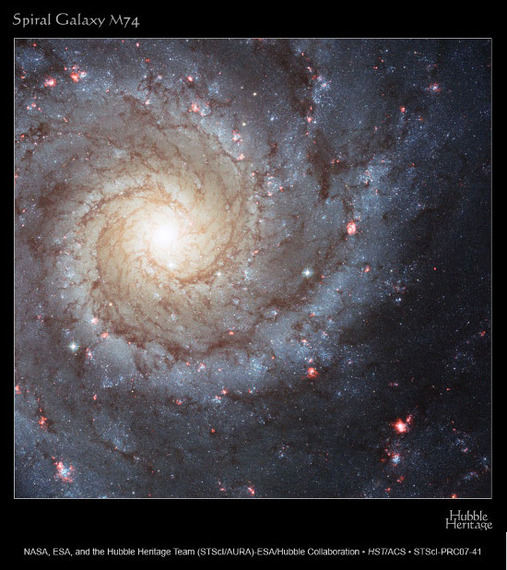
Figure 1. The spiral galaxy M74.
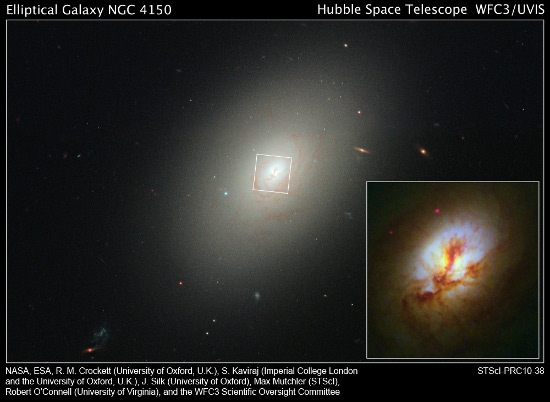
Figure 2. The elliptical galaxy NGC 4150.
There is a common phrase "no two snowflakes are alike." Astronomers in the early part of the twentieth century felt the same about galaxies (or "nebulae," as they were called then). Indeed, at the very detailed level, each galaxy is different. Nevertheless, in 1926, Edwin Hubble (after whom the Hubble Space Telescope is named) published a seminal paper in which he identified a few broad classes of galaxies, based upon their shapes. At the crudest level, he divided galaxies into "Spirals" (S; e.g., Figure 1), "Ellipticals" (E; e.g., Figure 2) and those that did not fit into these two categories, which he called "Irregulars" (Irr; Figure 3). At the next level, he further subdivided the spirals into two subgroups. First, there were those in which the spiral arms appeared to emanate directly from the very core at the center of the galaxy, which he dubbed "normal" spirals (and they were denoted by "S"; e.g., Figure 4). Second, there were the "barred" spirals (denoted by "SB"; Figure 5), in which the arms appeared to be connected to a straight "bar" crossing the galactic center. Within each of the subdivisions E, S, and SB, Hubble introduced a certain progression of shapes. For instance, the ellipticals ranged from E0, denoting a perfectly circular profile, to extremely eccentric (elongated) ellipses, denoted by E7. For the normal and barred spirals, the sequence started with very tightly wound spiral arms (denoted by Sa or SBa) and ended with rather loosely wound or barely discernable arms (Sc or SBc).
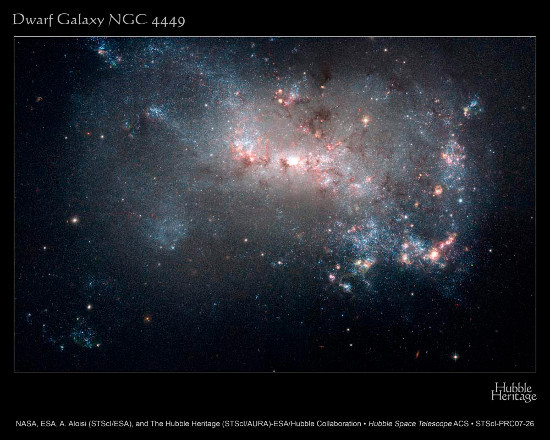
Figure 3. The irregular dwarf galaxy NGC 4449.
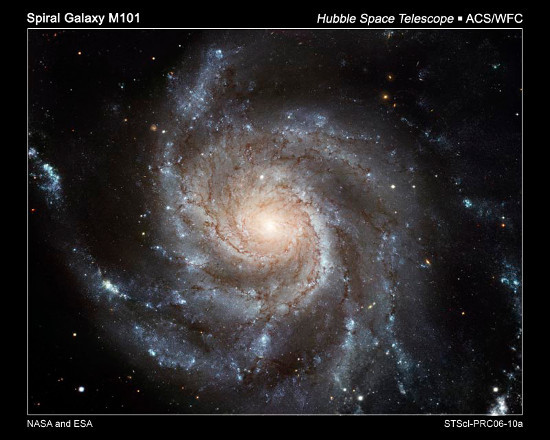
Figure 4. The normal spiral galaxy M101.
About a decade later, Hubble added yet another class of "lenticular" galaxies that he regarded as transitional objects between the spirals and the ellipticals, and these were denoted by S0. While Hubble's classification in itself has been extremely influential, it has gained additional power and appeal from a suggestive diagram that Hubble published in his 1936 book The Realm of the Nebulae. The diagram (Figure 6) resembles a musical tuning fork and (perhaps somewhat unfortunately) it guides the eye, and indeed the mind, toward a perceived evolutionary scheme. To Hubble himself and to quite a few of the astronomers that followed him, this elegant representation indicated a simple picture in which the galaxy shapes marked an evolutionary sequence. Galaxies were assumed to continuously evolve from ellipticals to spirals along the fork. This expectation turned out not to be true at all. Galaxies form and evolve through a series of complex processes that involve (among others) the formation of dark matter halos, the accretion of gas via cold flows and hierarchical mergers in which smaller building blocks coalesce to form larger objects, the birth of stars in bursts, and the growth of massive central black holes. Our understanding of the sequence of these events and their precise effects is still evolving. In fact, one of the main goals of the upcoming James Webb Space Telescope (to be launched in 2018) is precisely to detect the very first galaxies that formed in our universe and to follow their evolution.
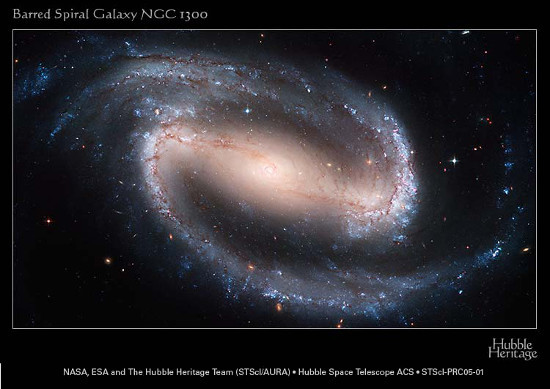 Figure 5. The barred spiral galaxy NGC 1300.
Figure 5. The barred spiral galaxy NGC 1300.
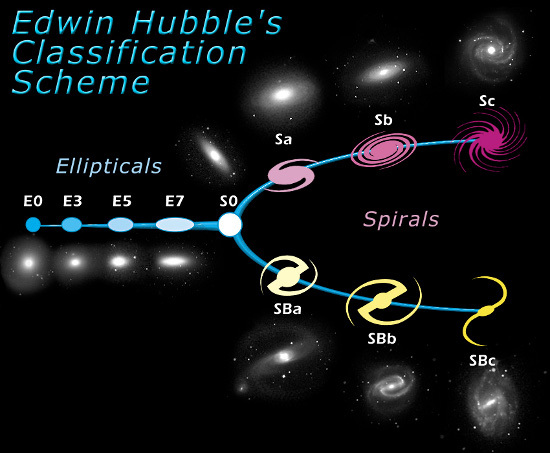
Figure 6. Hubble's tuning fork diagram for the classification of galaxies. Credit: Sloan Digital Sky Survey/SkyServer.
In spite of its limited scientific value as an illustration of galaxy evolution, Hubble's musical tuning fork continues to provide an almost poetic depiction of the beautifully rich cosmic treasure of galaxies. In this sense, it is the modern equivalent of the "music of the spheres" of antiquity.